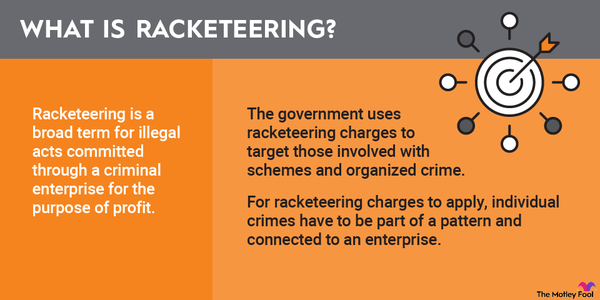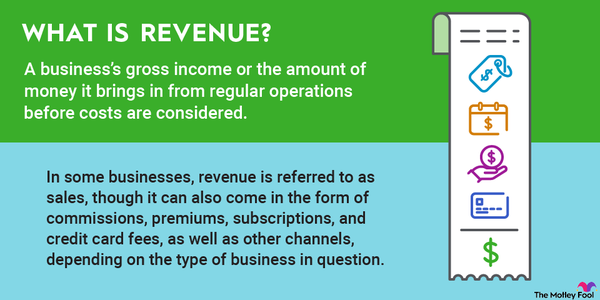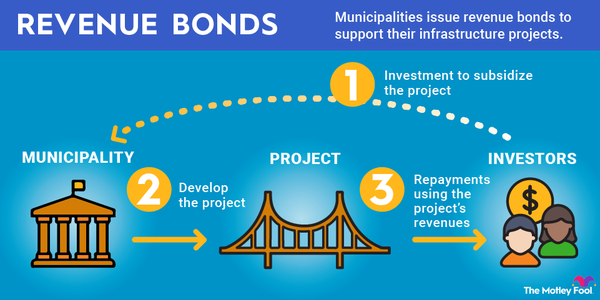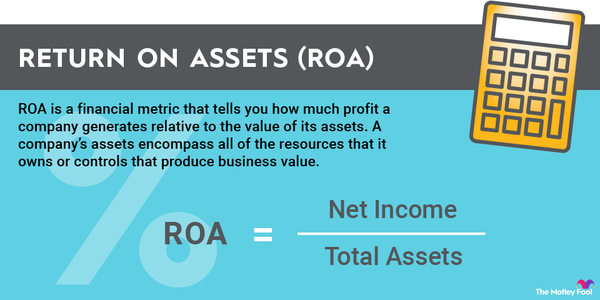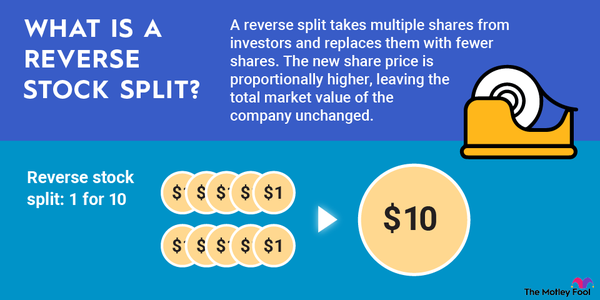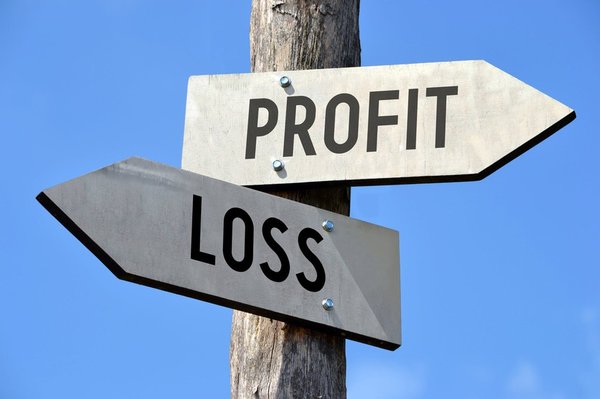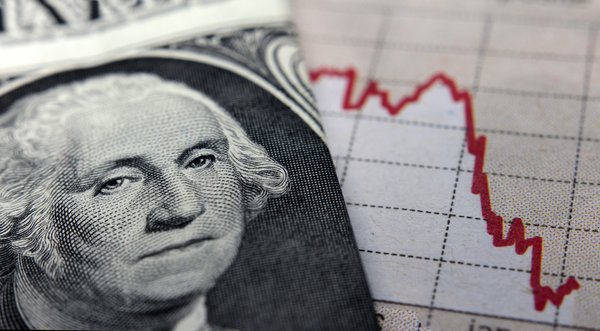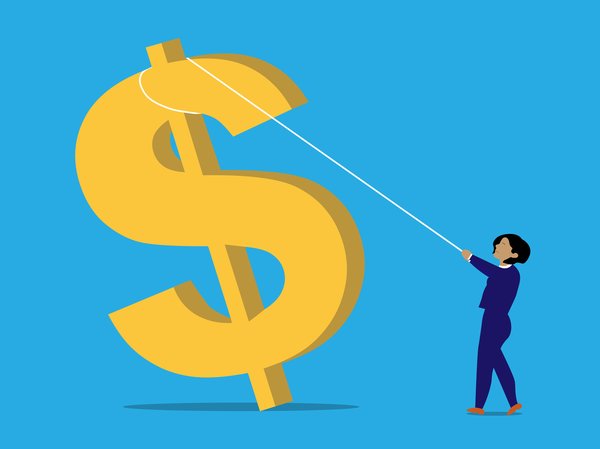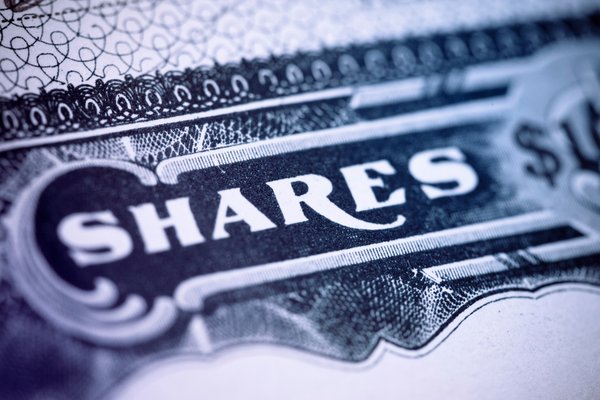The reason to own stock in a company is – or should be – the same as owning a stake in any business: To generate wealth from that business's earnings, either paid to owners as dividends or retained to reinvest into the company, making it more profitable and more valuable.

Retained earnings, in the simplest terms, are the earnings a company kept and didn't pay its shareholders in dividends. But there's a more complex answer that's important to understand.
What are retained earnings?
What are retained earnings?
The shortest definition of retained earnings is, all of a company's net lifetime earnings, minus all dividends paid. If a company doesn't have positive retained earnings, it has an accumulated deficit. (We have a surprising example of this later.)
Seems simple, right? In many ways, it is. But let's break down a little more about how you can use retained earnings to better understand the companies you're researching so you can make better investing decisions.
Again, retained earnings are the lifetime ledger of a company's total earnings that it kept. When a company earns a profit, management has some important decisions to make. What should it do with that profit? It could:
- Expand its manufacturing
- Hire more salespeople
- Spend it on marketing
- Invest in research and development
- Make an acquisition
- Keep it in the bank
- Pay off debt
- Repurchase stock
- Send it back to shareholders (dividends)
- A million other things
A good management team (and board of directors) will have a business plan in place already, with a framework for allocating resources. The north star of its strategy and plan should be putting those earnings to work in the manner that delivers the best per-share earnings growth over the long term, and when retaining earnings no longer serves that purpose the best, return it to shareholders. And that's the only item on the list above that would reduce retained earnings on the company's financial statements.
Share buybacks can also – but not always – reduce retained earnings. Two examples of how it can work: When Apple (AAPL 2.22%) filed its fiscal year 2022 annual report, it reported an accumulated deficit. That’s probably a mind-blowing fact, considering the company earned $99.8 billion last year, and it has earned at least $30 billion every year since 2012. This is because Apple has spent a lot of money to repurchase stock in recent years. In 2022, for example, it repurchased $90.2 billion while also paying out $14.8 billion in dividends. And since the shares it repurchases are being retired, this reduces Apple's retained earnings.
Texas Instruments (TXN 0.26%) has been even more aggressive than Apple at repurchasing shares over the past decade. Much of the shares it has repurchased, however, are not retired, but are held as "treasury shares" on the company's books. As a result, its retained earnings increased to $50.4 billion in 2023, even as it continued to buy back shares.
The lesson: Even something as straightforward as retained earnings can get complex and nuanced.
What retained earnings aren’t
What retained earnings aren't
To put it bluntly, retained earnings are not money in the bank. As companies generate net income (earnings), management will then use the money for all of the things (and more) listed above. Most companies must continually reinvest at least some portion of their earnings to remain competitive and profitable. Old assets have to be replaced and modernized, and companies are often caught on a treadmill of spending.
Back to Apple as an example: It's one of the most profitable companies on earth, but it has had to constantly spend on research and development, and its manufacturing partners have had to retool their factories almost every year simply to remain viable. This is paid for by retained earnings; ideally, it generates more earnings than it costs to deploy, but the assets are depreciated as they lose economic value.
So retained earnings isn’t money in the bank, and it's also not the liquidation value of the company. It's just a running tally of how much a company has earned over its lifetime, after dividends paid (and stock repurchased and retired).
Using retained earnings as an investor
Using retained earnings as an investor
Retained earnings have limited real-world uses. As a historical record, it can provide evidence of a company's past earnings, but that's not a promise of a profitable future or a guarantee that that management has made the most of those retained earnings by reinvesting them into the business.
Instead of focusing on retained earnings, look at a company's long-term return on assets and return on invested capital, as well as growing earnings and cash flows per share. These measures tell us how well management has allocated those retained earnings. Companies that have track records of delivering higher-than-average returns in these areas are more likely to deliver good returns going forward.









